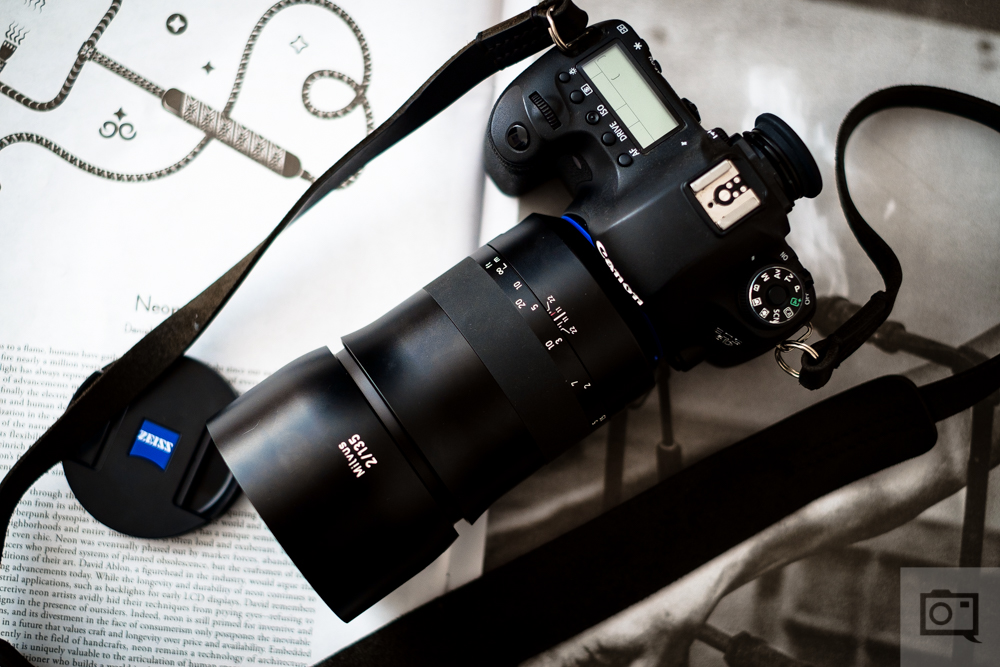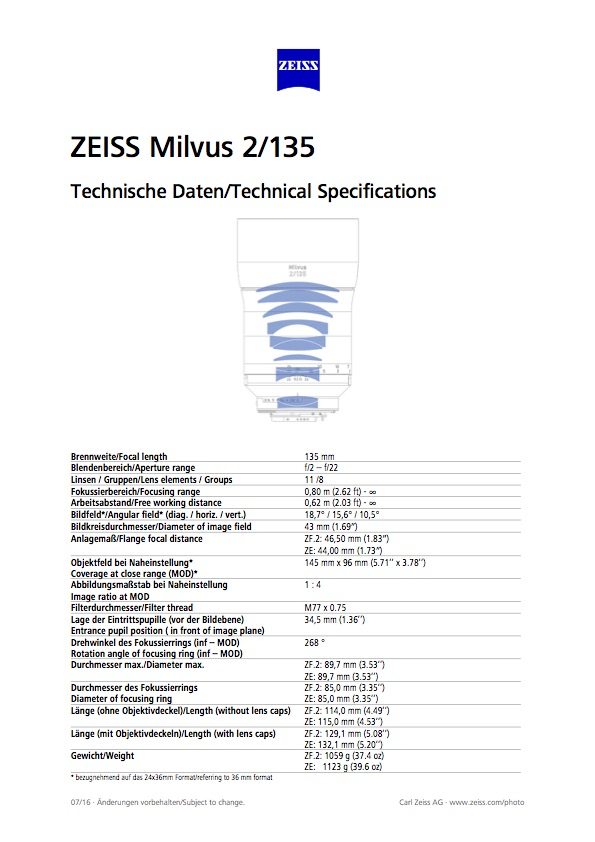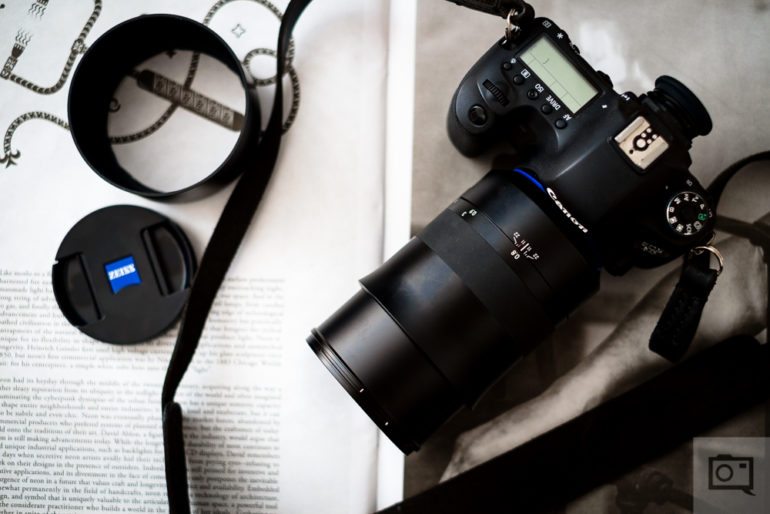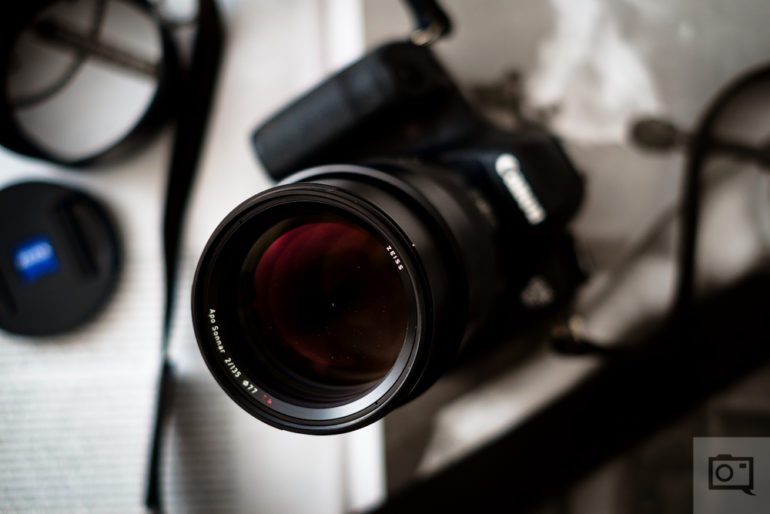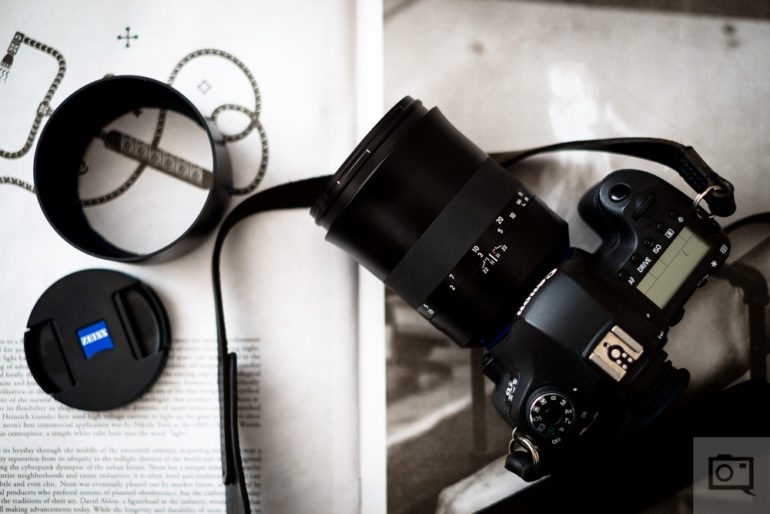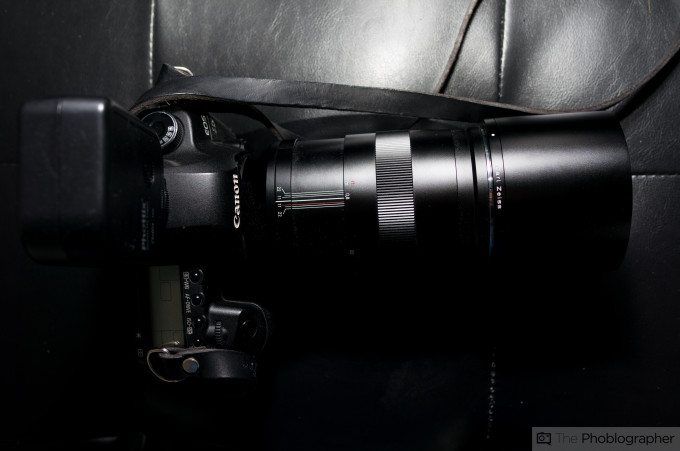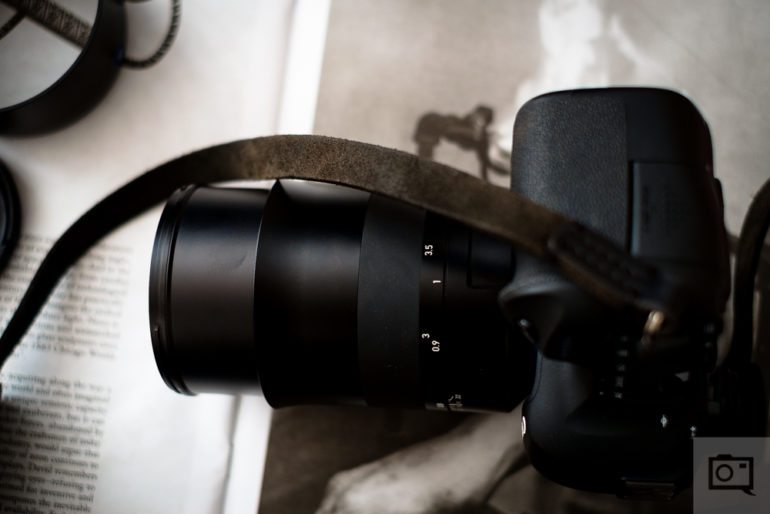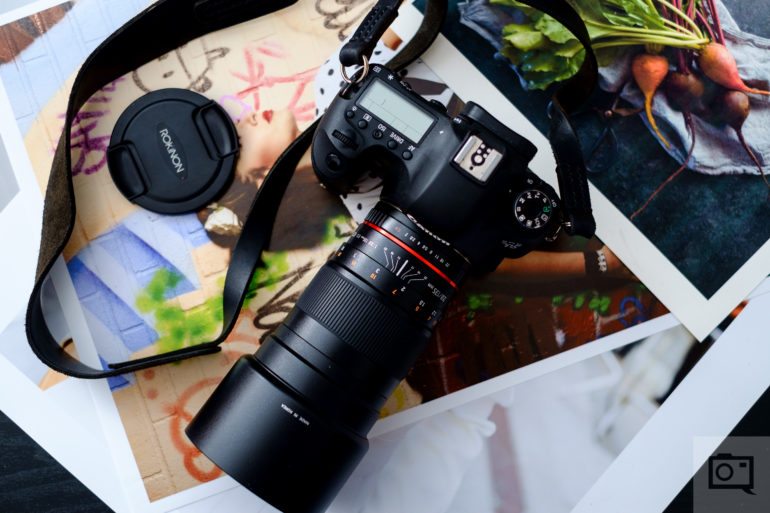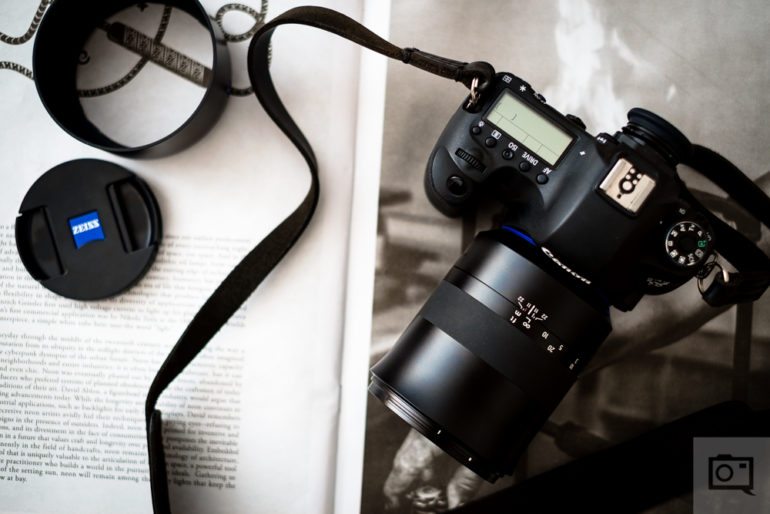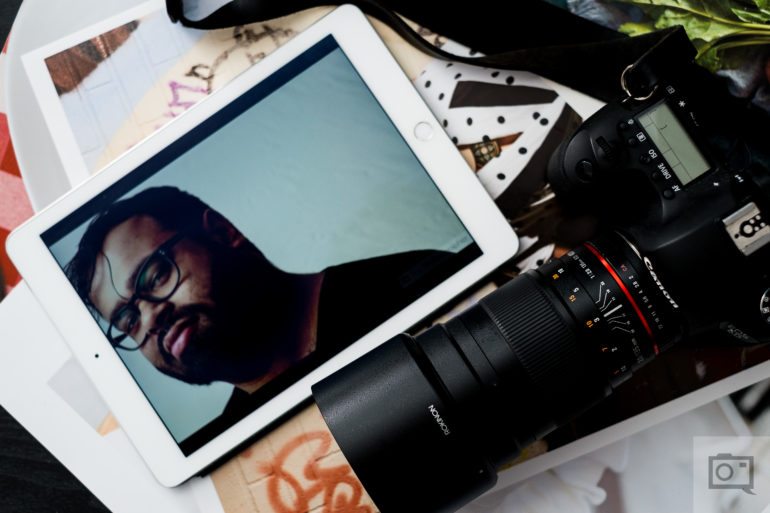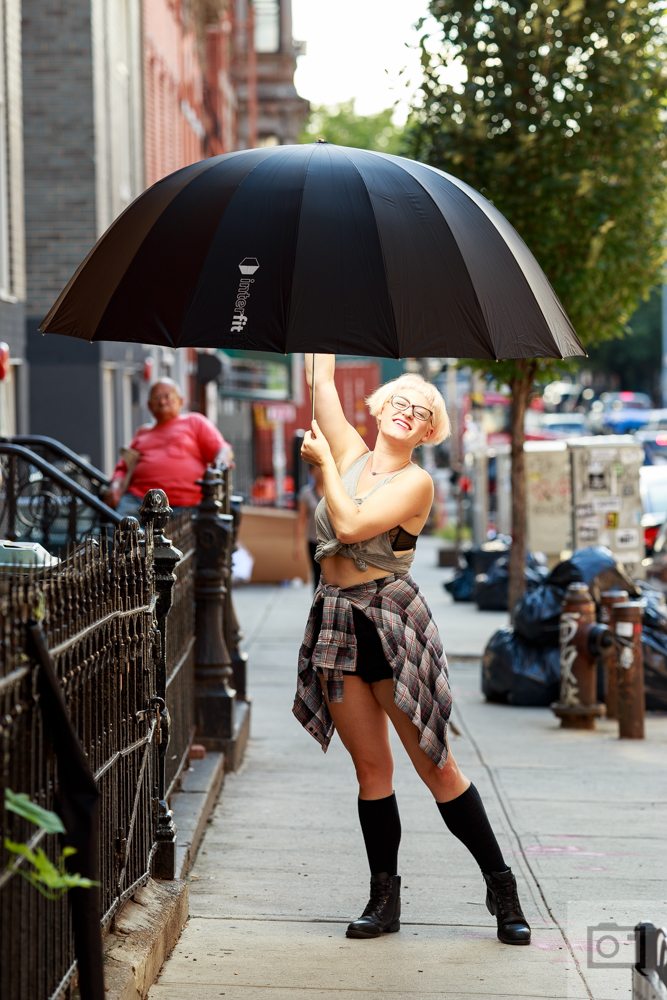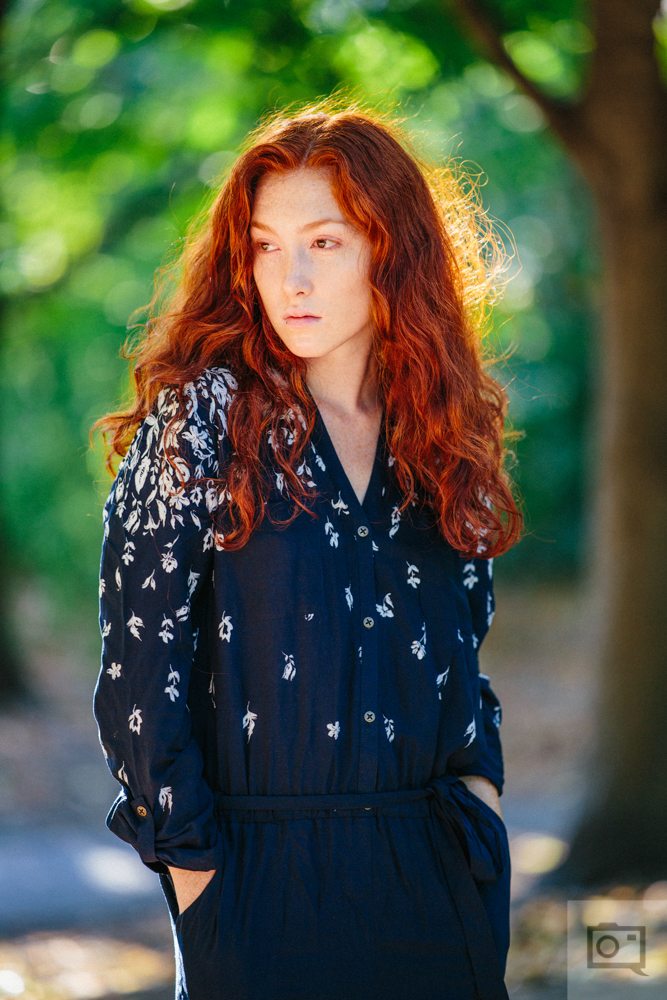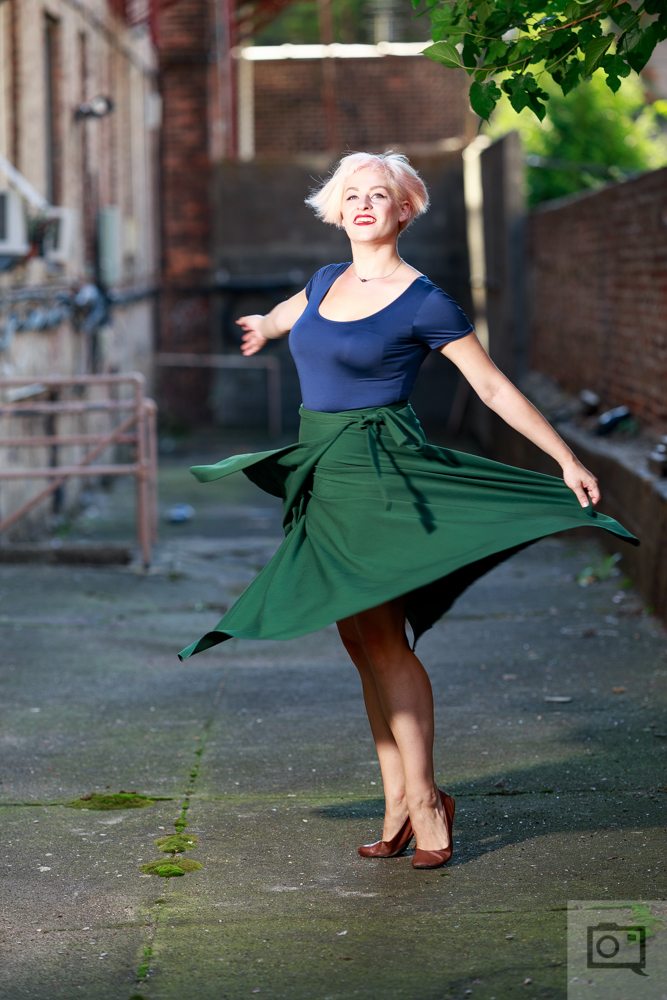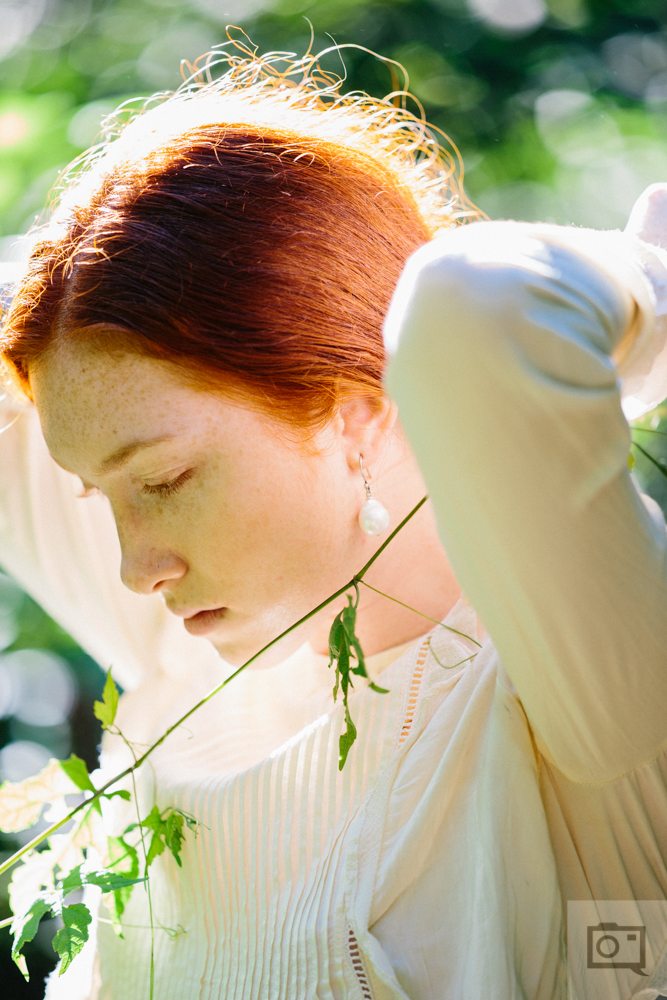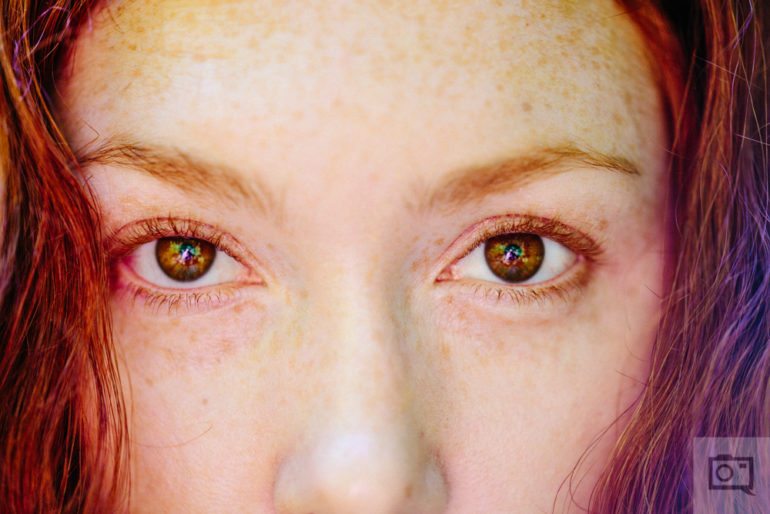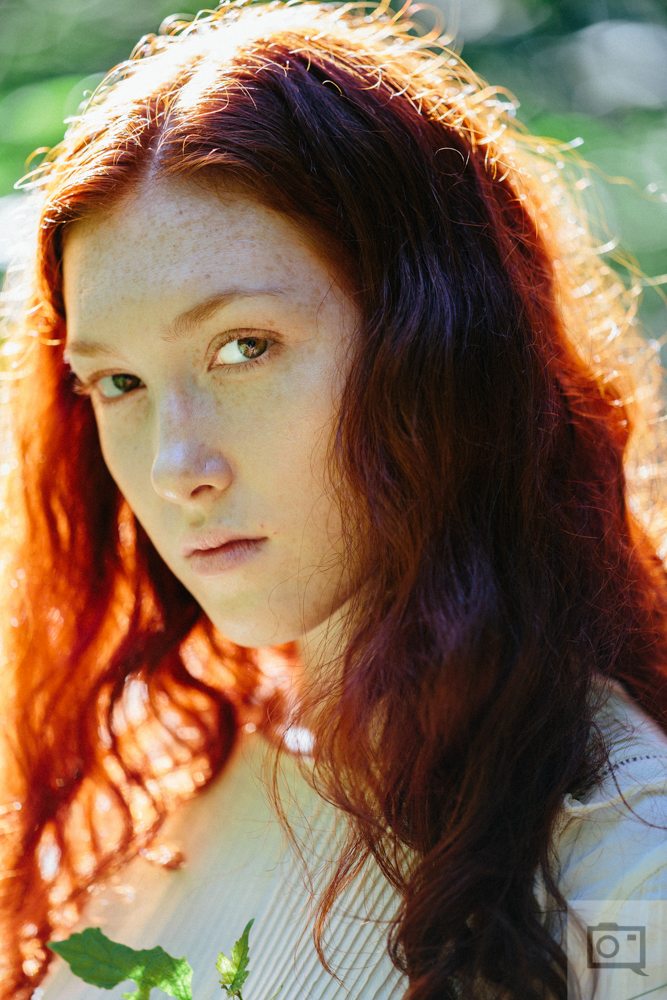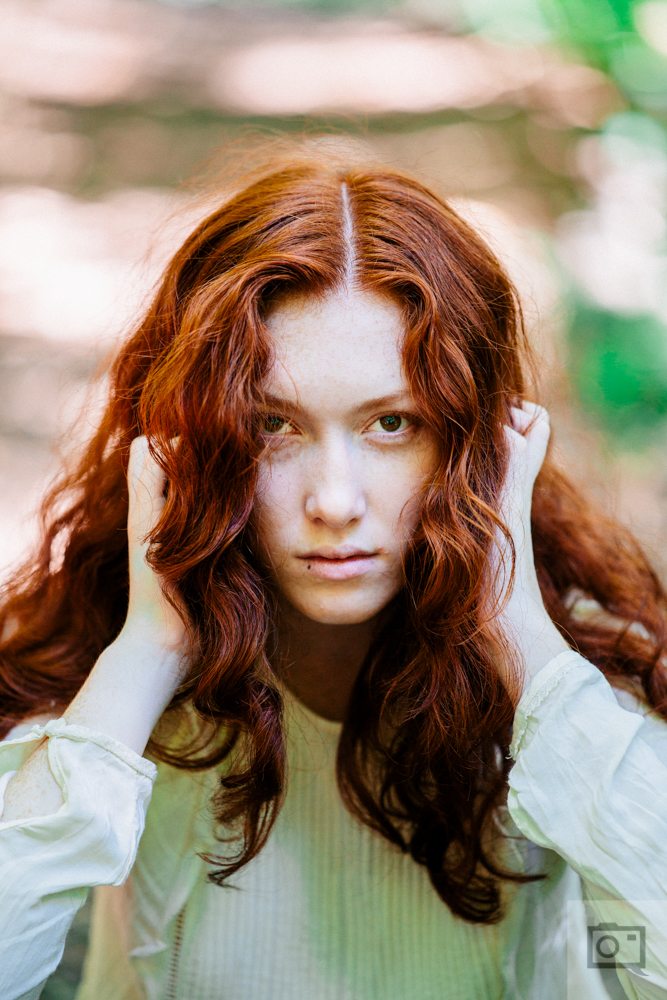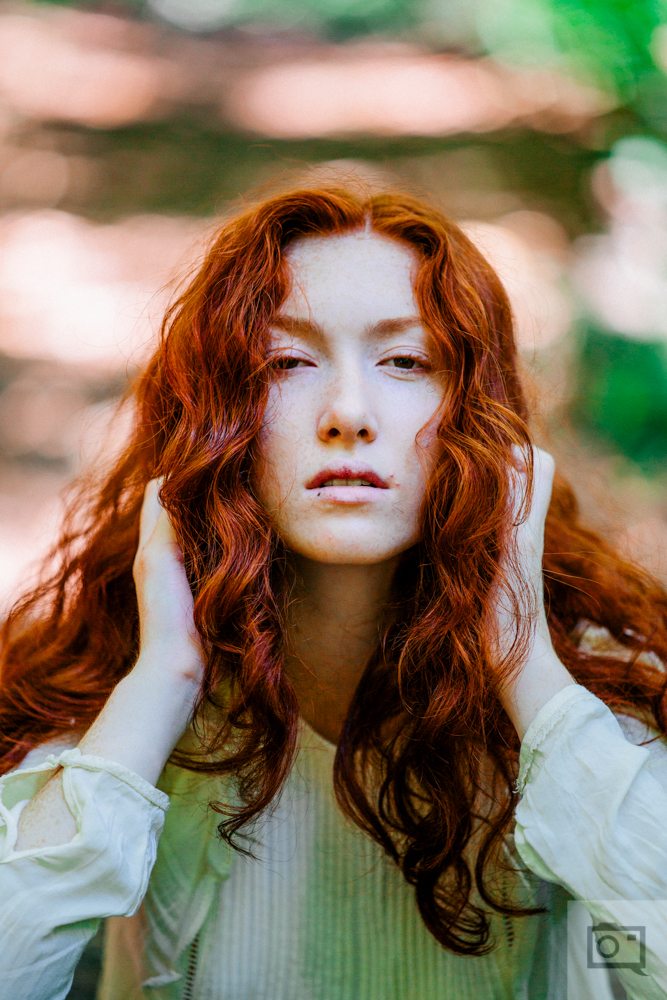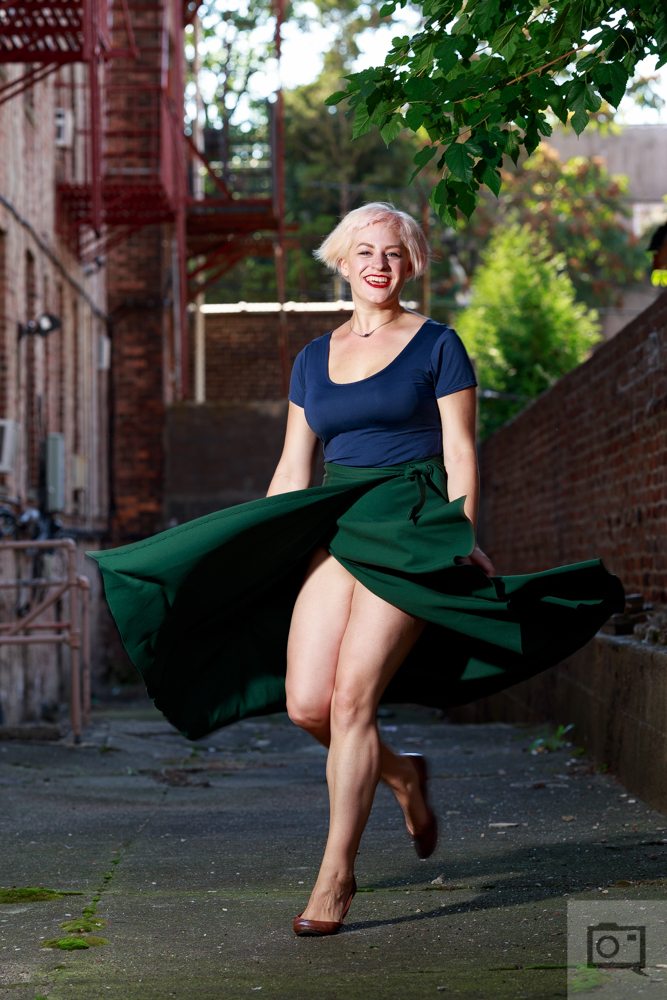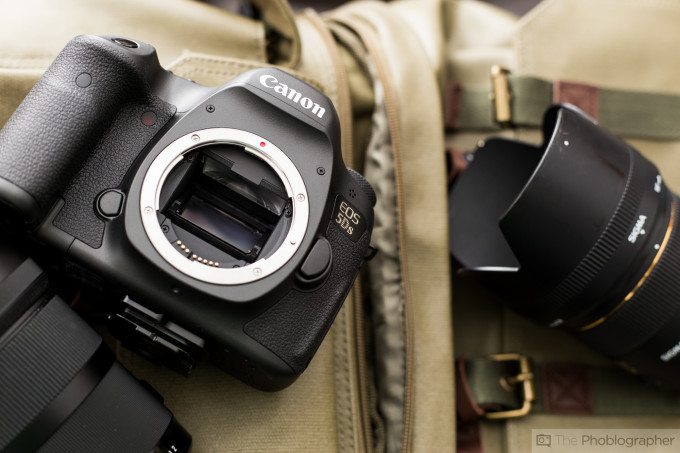If you had to think about some of the greatest lenses out there on the market right now, you’ll most likely think of Zeiss; and today the company is upgrading one of their best lenses to date in the form of the Zeiss 135mm f2 Milvus. Like the rest of the Milvus lineup of glass, this lens offers weather sealing, a solid metal exterior, a large rubber focusing ring, and above all else is promising, class leading optical quality. With 11 elements in 8 groups, this lens has a lot to prove to justify a $2,199 price tag for Canon and Nikon DSLR shooters.
But the big question is whether or not it really is worth the upgrade over their already fantastic 135mm f2. To this day, that is still one of my favorite portrait lenses.
Additional imagery and testing provided by Simon Chetrit.
Pros and Cons
Pros
- Incredibly sharp
- Weather sealed
- Beautiful bokeh
- Fairly close focusing distance
- Great feeling in the hand
- Seems like it was designed for portraits and nothing more
Cons
- As with all manual focus telephoto lenses, you’ll do best using a tripod with this lens attached to a camera
- Price tag, though it’s truthfully justified
Gear Used
We tested the Zeiss 135mm f2 Milvus lens with the Canon 6D, Adorama Flashpoint Xplor 600, a Vanguard Alta Pro Tripod, and Phottix Mitros+ flashes.
Tech Specs
Ergonomics
Ergonomically speaking, the Zeiss Milvus 135mm f2 lens is one that stands by many of the major pillars that help to make a Zeiss lens what it is. Part of this formula starts with the metal exterior. It’s solid through and through.
The metal here is pretty smooth overall, but amazingly not incredibly slippery. Part of this is due to the giant rubber focusing ring.
On the front of the lens is a 77mm filter thread. At one point I mounted a Polarizing filter on the lens and was pleasantly surprised to still be able to see that the lens hood attached with ease. In addition to this, you can note the fact that since you’re dealing with a telephoto lens here, you can expect the lens hood to be pretty large.
Like lots of other Zeiss lenses, there is a depth of field scale but at this focal length it’s overall pretty useless. Don’t even bother with it.
In Comparison
The biggest thing that I’ll have to compare this lens to is its own predecessor. Nothing else is in a class worth comparing against except maybe for the Rokinon 135mm f2. Either way, the Milvus has a significantly better build than both of those offerings–especially that from Rokinon. When compared to the previous Zeiss offering, the biggest thing here has to do with the exterior’s texture and the big rubber focusing ring.
Rating
Hands down five out of five stars when it comes to the ergonomics.
Build Quality
At one point, I took this lens out onto the streets of NYC during a rainfall. It continued to work with no issues. This is in part thanks to the weather sealing built into the lens. When you’re paying this much, you’d ought to have it.
Otherwise, the exterior is solid metal; it’s very well built.
An issue with all these 135mm lenses is that they’ve got long focus throw–so when shooting handheld you’ll really need to crank the lenses or attach a follow focus to help you in some ways. Otherwise, just get a tripod.
In Comparison
The Rokinon 135mm f2 and Zeiss 135mm f2 original both can’t boast weather sealing. However, the Rokinon is surely lighter and with its own aperture ring depending on which one you get. Overall though, the Milvus isn’t as heavy as you’d expect it to be.
Rating
Only the best for a Zeiss customer.
Ease of Use
Zeiss lenses by all means aren’t simple to use in comparison to many other modern offerings. They’re manual focus only (most of them at least) and the 135mm f2 may be the company’s most difficult overall due to the very long focus throw (which still provides accuracy). Even with a veteran Zeiss lens user besides myself, this lens is pretty tough and is best used with a tripod or monopod due to the movements that you’re bound to make while focusing.
In Comparison
Both the Zeiss 135mm f2 and the Rokinon lenses are both tough to use due to longer focus throw. I really recommend them to only be used by the most determined or experienced of photographers.
Rating
If you hate manually focusing, stay clear of this lens. If you don’t mind it, get ready for a challenge.
Focusing
As stated earlier in this review, the focusing is done manually. With Canon, you’ll need to do this until a confirmation indicator comes up on a focusing point. With Nikon, you’ll use the rangefinder system. At times, I found it best to just switch to live view, focus, and shoot.
In Comparison
Both the older Zeiss 135mm f2 and the Rokinon 135mm f2 are tough to use and focus manually.
Rating
Personally speaking, I don’t have a problem at all with manual focusing considering that a large majority of my personal work is done in film. Even despite becoming legally blind, it hasn’t been a major issue for me. To be fair, I’m a photographer with many years of experience.
Image Quality
Optically speaking, the Zeiss 135mm f2 Milvus lens has to be one of the most perfect lenses that we’ve ever tested. It works well to deliver great skin tones with a variety of skin colors, renders great colors overall, exhibits beautifully creamy bokeh, and is sharp as a tack.
What’s not to love here?
Bokeh
The bokeh from this lens is really great and what makes it even better is the closer focusing ability that lends itself well to taking headshots. The bokeh is only hazy at best the further out you focus and when you stop down to f5.6 and beyond. Otherwise, when shooting stagnant headshots you don’t really have a great reason to complain here.
Chromatic Aberration
In my tests, I couldn’t find any bit of purple fringing that really made me want to slam my 6D with the lens attached to it onto the floor. Even so, I generally just couldn’t spot it unless I worked on the images later on and added contrast to the scene. But straight out of camera, it’s optically perfect.
Additionally, I purposely chose Amanda here because her figure and profile are flattened well by the 135mm f2–which lens itself to creating very flattering portraits of your subject even easier.
Color Rendition
We tested the Zeiss 135mm f2 Milvus with a variety of skin tones and backgrounds. It renders skin tones beautifully and other colors pretty well overall. This lens doesn’t have micro contrast like some Zeiss lenses do but instead uses just the right amount of saturation to make a subject really stand out in combination with the depth of field effect.
Sharpness
The purple you see in this photo is a result of some lens flare that looks pretty nice overall. As you can see though, the sharpness that it can exhibit is incredible. Some of the images I shot in this review using a monolight make the output even better.
Extra Image Samples
In Comparison


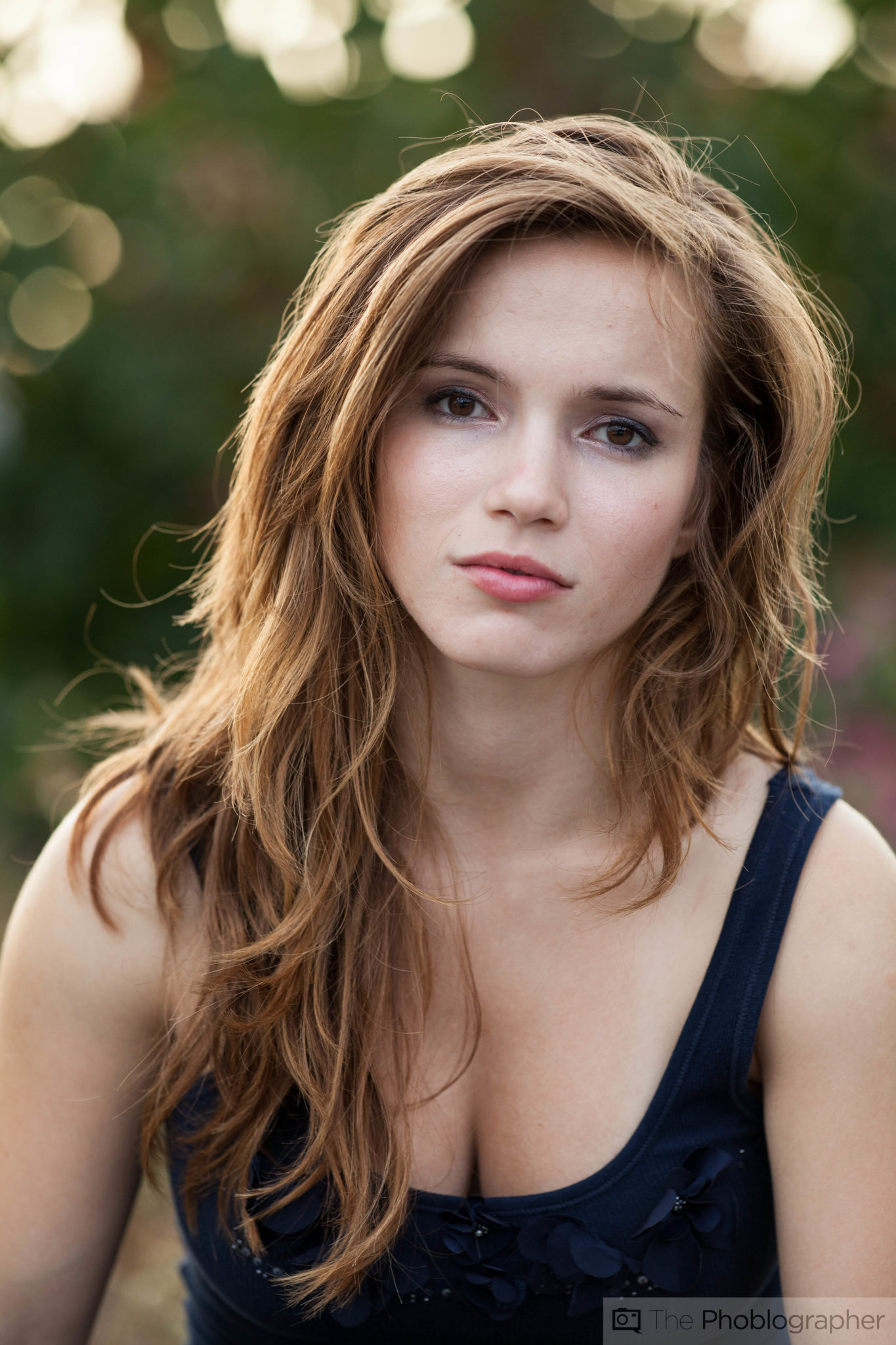
Are the results close? To be honest, I’m positive that if I took a photo with any of these lenses and folks weren’t pixel peeping, no one would be able to tell the difference. But when a flash’s output is added to the image, the Milvus is very discernible.
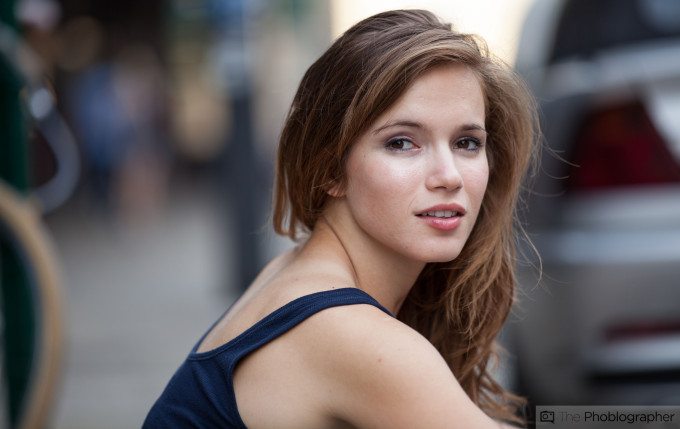
Rating
Was there seriously any doubt here?
Conclusions
Likes
- Weather sealing
- Great image quality
Dislikes
- Price point; $1,800 makes a bit more sense to be honest
- Long focus throw that every 135mm lens offers
The Zeiss 135mm F2 Milvus lens is one that offers class leading image quality, weather sealing, durable build quality, and clearly defines itself as a lens intended for the professional headshot photographer. It’s tough to make anyone look bad with this lens. Optically speaking, it offers lots of great sharpness, beautiful bokeh, and fantastic colors. Further, while delivering contrast to the output it doesn’t do it as much as Sigma’s and so therefore relies on nothing else but pure absolute sharpness in the scene vs using the way that the human eye looks at black levels to discern sharpness.
Still though, it is a difficult lens to use and at times you’ll sometimes feel like you’re using a medium format lens if you’ve ever shot with that medium at all. It’s tough to focus and you’re best off setting the camera down on a tripod. If you can get over this or learn how to overcome this issue, you’ll have the single best portrait lens on the market even above the Sony 85mm f1.4 G Master.
Without a doubt, the Zeiss 135mm f2 Milvus receives the Phoblographer’s Editor’s Choice award and a rating of five out of five stars.
Recommended Cameras
Canon 5Ds: The only thing that can truly take advantage of all that this lens has to offer at the moment.


